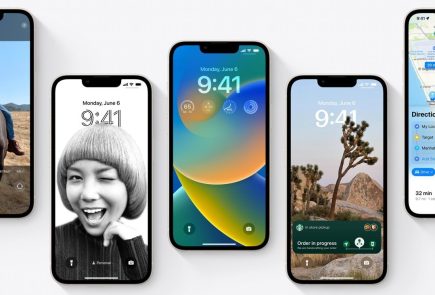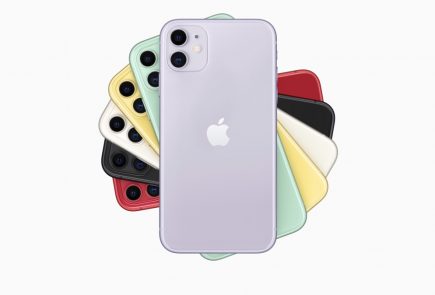Apple Knew iPhone 6, iPhone 6 Plus Were More Likely To Bend Before The Launch

In 2014, Apple released the iPhone 6 and 6 Plus in September. The release saw Apple move on to a new unibody design and screen sizes. The iconic top-placed power button moved to the right-hand side and the circular volume rockers became cylindrical. However, the most talked about aspect of the iPhone 6 and 6 Plus continues to be infamous “bendgate” incident. It was alleged that the iPhone 6 and 6 Plus were bending in people’s pockets due to Apple’s poor design.
As a part of the ongoing lawsuit against the company regarding touchscreen failure due to bending, new internal documents were released by Judge Koh. These documents have revealed that the company knew about the iPhone 6 and iPhone 6 Plus’ susceptibility to bending before the launch. According to the documents, Apple’s internal tests found that the iPhone 6 was 3.3 times more likely to bend than the iPhone 5S. The iPhone 6 Plus, on the other hand, was 7.2 times more likely to bend.
Must Read: Apple iPhone SE 2 Renders Leaked Again With iPhone X Style Notch
[amazon_link asins=’B072LPF91D’ template=’ProductAd’ store=’igyaan-21′ marketplace=’IN’ link_id=’a54e41f2-5fec-11e8-969d-25c9b676fcc1′]
At the nascent stage of the bendgate controversy, Apple conceded that bending iPhones were extremely rare. Unbox Therapy, now one of the biggest tech YouTubers, made a video about how easy it was to bend an iPhone 6 Plus. The video, at the time of writing, has 70,614,430 views!
The issue became worse when cases of iPhone 6 devices exhibiting a “touch disease” became public. Apparently, the touchscreen would fail due to a flaw in a specific touch-controller chip on the motherboard. Some people claimed that this was due to the physical damage from bending iPhones. However, Apple claimed that that the issue was a symptom of iPhones that were dropped multiple times on a hard surface and then incurring further stress on the device.
Must Read: Google Sued For Secretly Tracking Browsing Data For 4.4 Million iPhone Users
Judge Koh notes that Apple then began to make changes to the design of the iPhone 6 and 6 Plus. The company started adding extra epoxy to strengthen the area underneath the touch-controller chip in May 2016. It is worth noting that the company has never publicly acknowledged the issue that has been widely known as the “bendgate” issue.
Must Read: OnePlus 6T To Follow OnePlus 6 In Q4 2018























